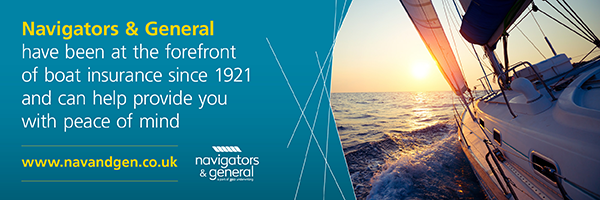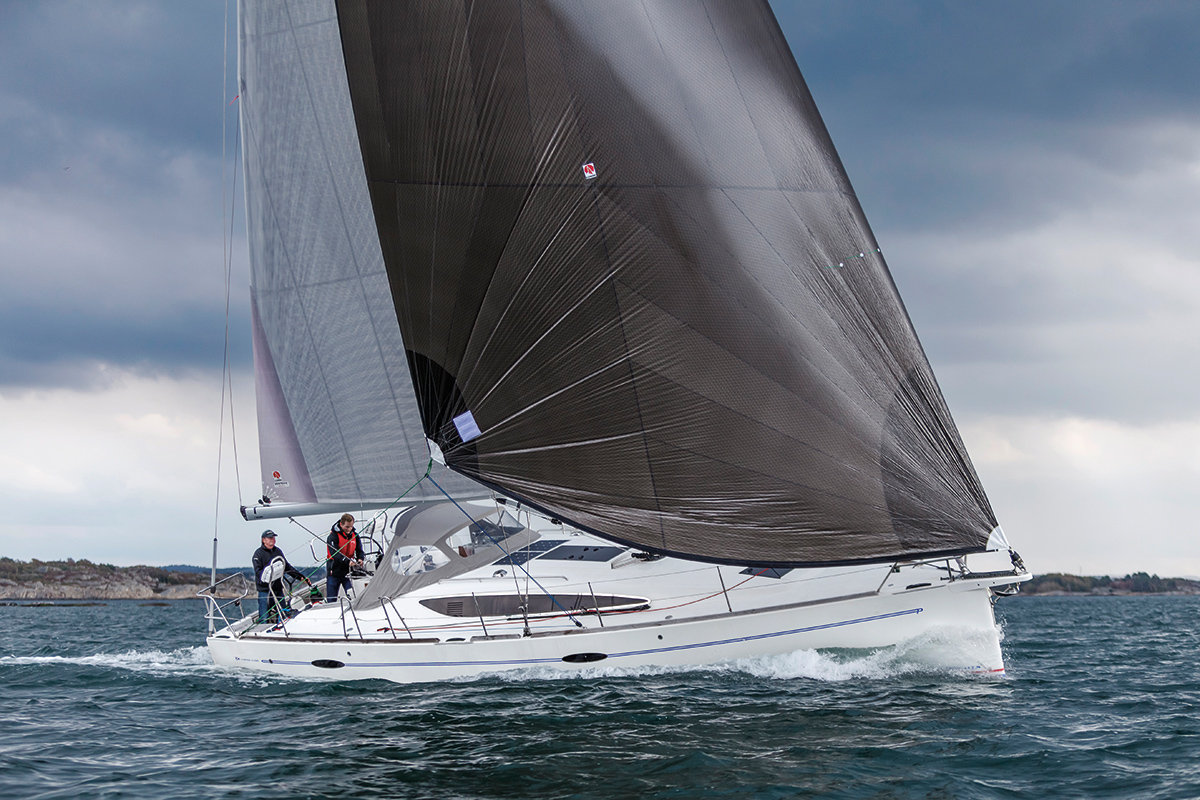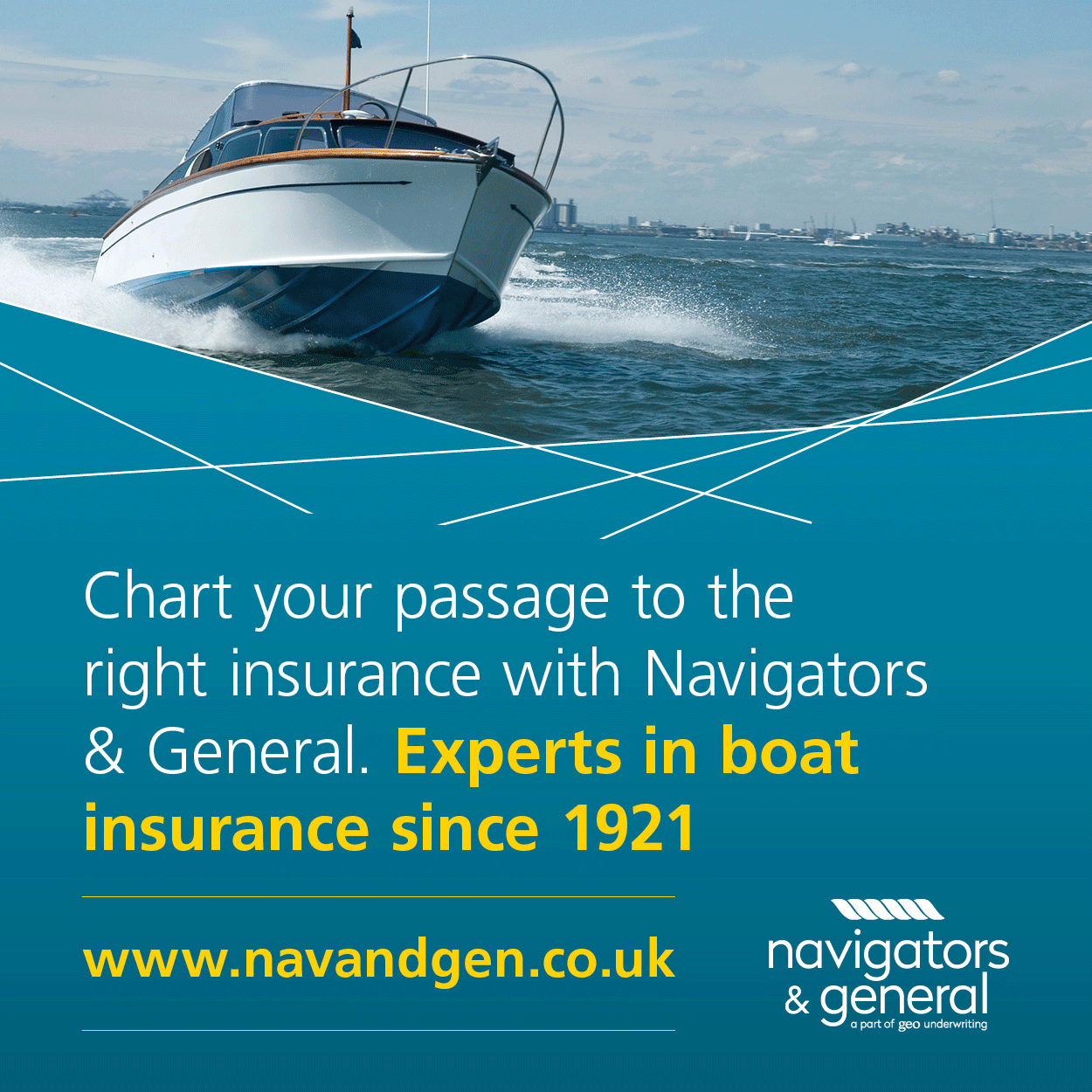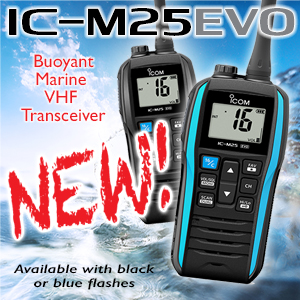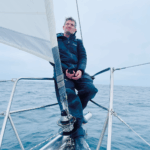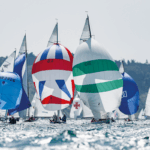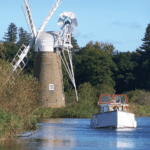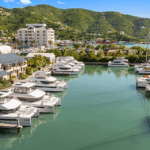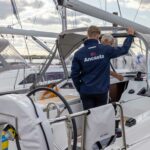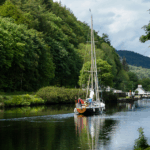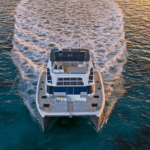Steve Norbury, managing director at Seldén Mast in the UK, explains how the addition of a Code Zero to a sail inventory can make a world of difference to a cruising sailor, especially if sailing short-handed.
Racing boats with a professional skipper will have the perfect sail for every wind angle, and the manpower to handle them, but few cruising yachts have that same luxury. Space, budget and a limited number of crew all influence what is in most cruisers’ sail wardrobes. So, which sails are a must-have when cruising?
CODE ZERO
A Code Zero is designed to fill the performance gap between the genoa, which is optimised for upwind sailing, and a spinnaker, which excels when sailing downwind. But it can offer the cruising sailor so much more.
The lightweight construction and flatter shape of a Code Zero allows it to really perform in lighter wind conditions, improving boat speed and offering those onboard a more comfortable ride. It is also a great tool for extending your sailing range when the wind is too light for traditional sails, but you do not want to use the engine.
But it is when sailing off the wind or across the wind that a Code Zero really comes into its own. Especially useful when sailing at angles between a close reach and a broad reach, it can be effective between 45 degrees and 155 degrees apparent, with its flatter shape maintaining better airflow and generating lift across these extended wind angles, providing good speed and efficiency.
USER-FRIENDLY
Performance aside, it is also a much easier sail to handle.
Increasing sail area without the complications of handling a conventional kite, a Code Zero on a furler can be attached, set up and hoisted before you leave the marina or mooring.
By releasing the furling line and pulling on the sheet it can be completely deployed and furled from the confines of the cockpit.
A much more user-friendly sail, it is also a big win in terms of safety at sea and ideal for solo sailors, cruising couples or those with inexperienced crew who do not want to leave the cockpit.
Obviously, the effectiveness of a Code Zero system in increasing downwind performance and creating a positive experience for everyone onboard is completely dependent on the torsional rigidity of the anti-torsion cable.
This cable is integrated in the luff of the sail and fitted with thimbles in the head and tack to connect the furling drum and halyard swivel, transmitting the rotation of the drum and enabling the furling to start at the top and work its way down. Seldén provides the most rigid anti-torsion rope on the market, in fact, it is three times more efficient than the second best!
The only real negative with a Code Zero is that it is not as effective in stronger winds, so you would need to switch sails if the wind picked up, but all in all it is a truly valuable addition to any cruising yacht’s sail inventory.
To find out more about the Seldén CX top-down furling systems for Code Zero sails: www.seldenmast.com/products/downwind-furling-systems







